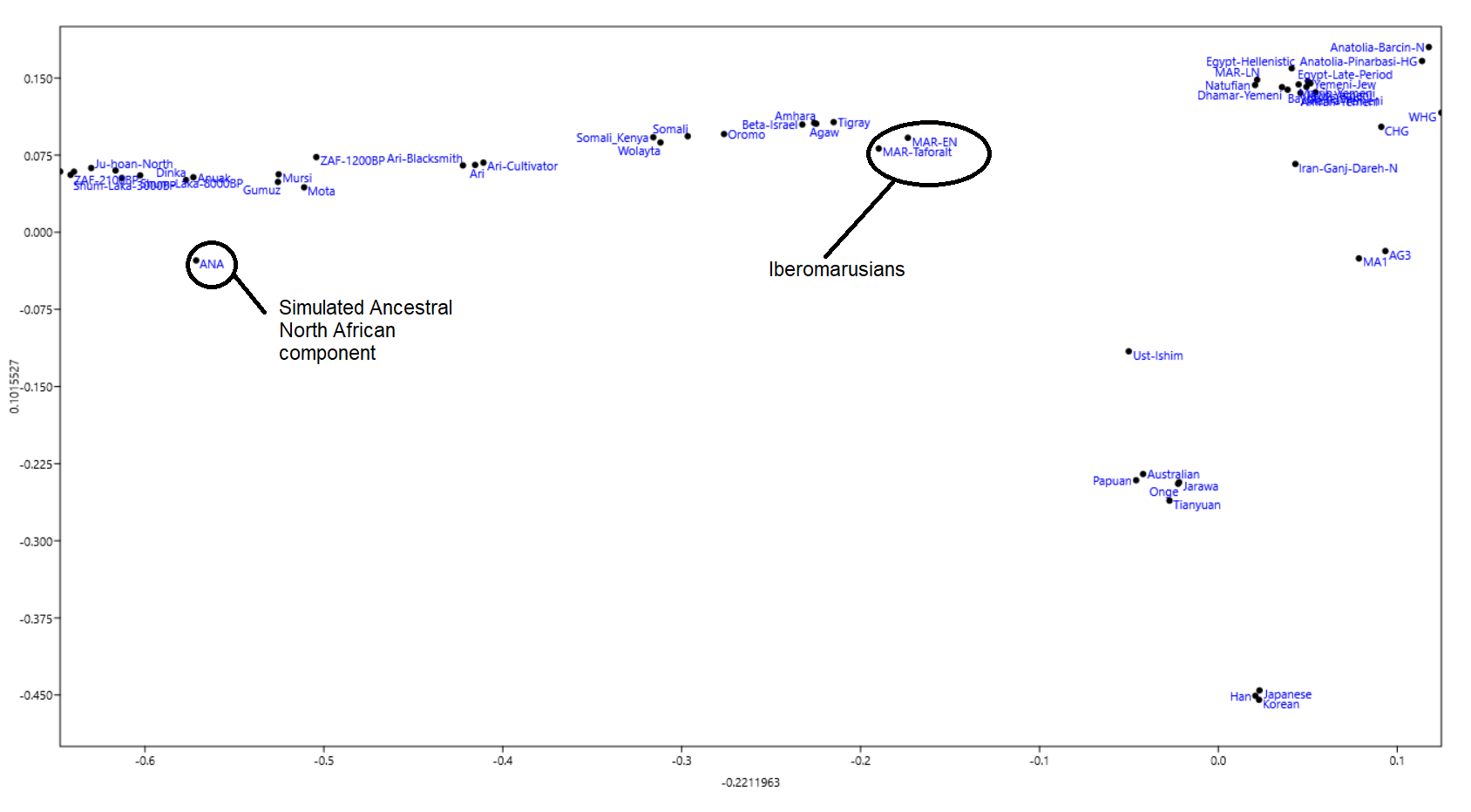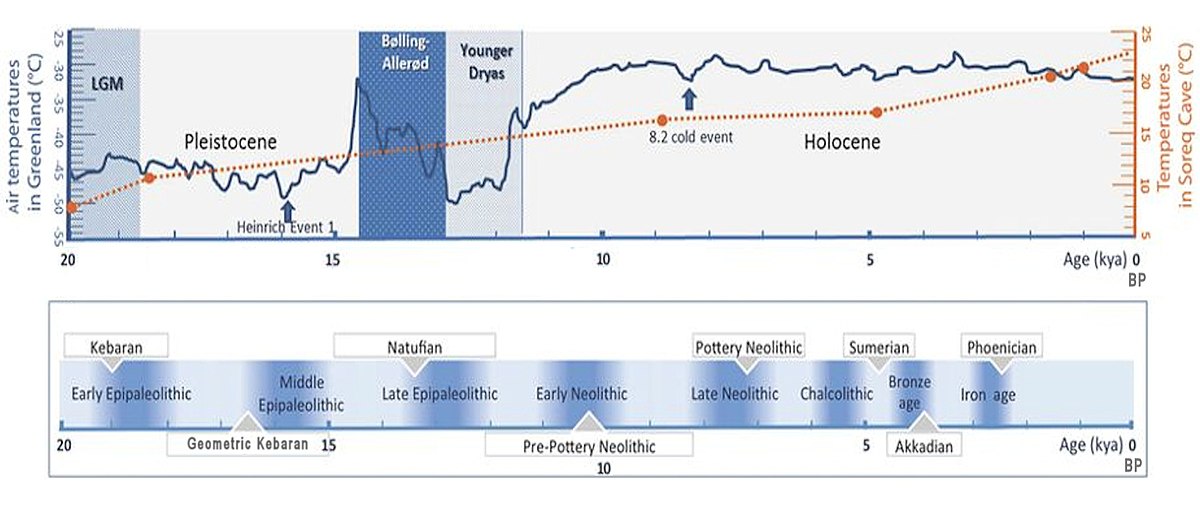I am in contact with an academic in the know regarding some new aDNA papers on the way and I'm sorry to inform some of you that we have Old, Middle and New Kingdom samples on the way and, so far, they mostly don't look anymore proto-Nilotic than Copts, some even less so:
There is some upcoming data from Old and Middle Kingdom Egypt that I've seen, some of it has been discussed already on the forum. Basically the Old Kingdom samples look North African with a small amount of Seh_Gabi_C-type ancestry, and very little SSA, then during the Middle Kingdom there's a shift towards a SW Asian/Near Eastern profile which resembles that of the few ancient Egyptians we have and present-day Copts, this corresponds with the large influx of "Asiatics" starting from the 1st intermediate period. SSA ancestry also increases in time. Haplogroups so far are E-M35 and J1-P58 (wish there were more resolution, looks like we'll have to sift through the BAM files again).
The old kingdom people are probably the so far closest we're gonna get to Horners' non-Yemeni MENA ancestors. Some sort of intermediate in Egypt between Iberomaurusians and Natufians with a little bit of proto-Nilotic. Though I wager our ancestors lacked that Iran-Chalcolithic (Seh_Gabi) stuff. Now, I would never rule out that some ancient Masris on the border with Nubia like in Luxor were more proto-Nilotic for sure but the majority probably were mostly MENA with the only really significant "SSA" in them being "Ancestral North-African" that has mostly survived haplogroup wise in the form of their dominant Y-DNA E-M35.


